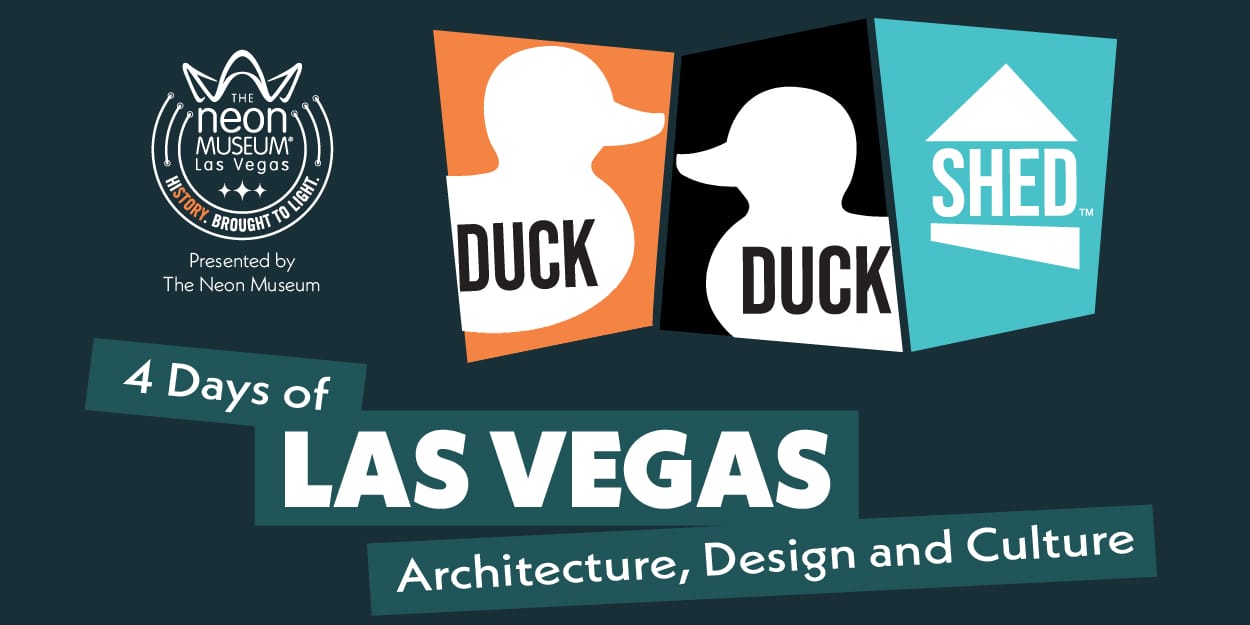Blog
The Top Architectural Insights You’ll Find in The Neon Boneyard
Las Vegas’ architecture isn’t just about buildings—it’s about the grand display of light, color, and movement. Nowhere is this more evident than at The Neon Boneyard, a museum dedicated to preserving the glowing relics of Sin City’s past. These neon signs offer a deep insight into the architectural evolution of Las Vegas.
Here are some of the top architectural lessons The Neon Boneyard reveals about the city’s development.
The Birth of Googie Architecture
Las Vegas became a beacon of futuristic design in the mid-20th century, thanks to Googie architecture. Characterized by sharp angles, geometric shapes, and space-age elements, Googie influenced everything from casino facades to roadside signs. The Boneyard houses prime examples, like the Stardust sign, with its atomic-age typography and celestial motifs, reflecting America’s obsession with the Space Race.
The Rise of the Mega-Resort Aesthetic
Before Las Vegas became home to extravagant mega-resorts, it was a city of motels, mid-century casinos, and themed entertainment venues. The signs at The Neon Boneyard capture this transformation.
The striking, oversized signage of places like the Moulin Rouge and the Desert Inn illustrates the era when showmanship became an essential architectural principle in Las Vegas. These signs highlight how neon was used to amplify a building’s presence, making it an attraction in its own right.
Typography as an Architectural Element
One of the most striking features of the signs in The Neon Boneyard is how typography was used to create personality. From the themed script of the Sahara sign to the bright pink cursive of the Debbie sign, the fonts chosen for these signs were as much a part of the architecture as the buildings themselves.
This tradition continues today, as modern casinos still use custom typography to evoke history, luxury, or adventure.
The Influence of Mob-Era Glamour
Many of the most iconic signs in The Neon Boneyard date back to the days when the mob had a hand in running Las Vegas. Signs from the Sands, the Dunes, and the Riviera showcase an aesthetic that was both sleek and indulgent, designed to lure in high-rollers.
The architectural style of this period leaned heavily on opulence, with heavy use of gold accents, dramatic lighting, and sleek lines that gave a sense of exclusivity and allure.
The Evolution of Themed Architecture
Las Vegas is famous for its themed resorts, and The Neon Boneyard reveals how that trend developed over time. Signs from the Hacienda, featuring a cowboy on horseback, or the Aladdin, with its Middle Eastern-inspired typography, demonstrate how signage played a role in immersing visitors in a fantasy world.
As the years passed, this tendency toward fully immersive environments grew, culminating in the themed mega-resorts of the modern Strip, like the Venetian and the Luxor.
The Decline of Neon and the Shift to LED
While neon once dominated the Las Vegas skyline, the signs in The Neon Boneyard serve as reminders of how technology has shifted. The transition from gas-filled tubes to LED displays marks a significant change in architectural signage.
The sleek, high-definition digital billboards of today lack the handcrafted charm of vintage neon, but they continue the tradition of using light as an architectural tool to shape the city’s experience.
The Role of Preservation in Architectural Identity
The Neon Boneyard itself is an architectural statement. By preserving and restoring these signs, the museum underscores the importance of historical architecture, including architecture made of light. As Las Vegas continues to reinvent itself, The Neon Boneyard reminds us that every glowing letter and flashing bulb is a part of the city’s evolving architectural narrative.
If you’re fascinated by the history of Las Vegas and its architectural growth, don’t miss Duck Duck Shed 2025. The event, happening April 24 – 27, offers first-hand insights from the voices that built—and continue to build—the luxurious casinos, mega-resorts, and productions that have earned it the name The Entertainment Capital of the World. Get your tickets today.
